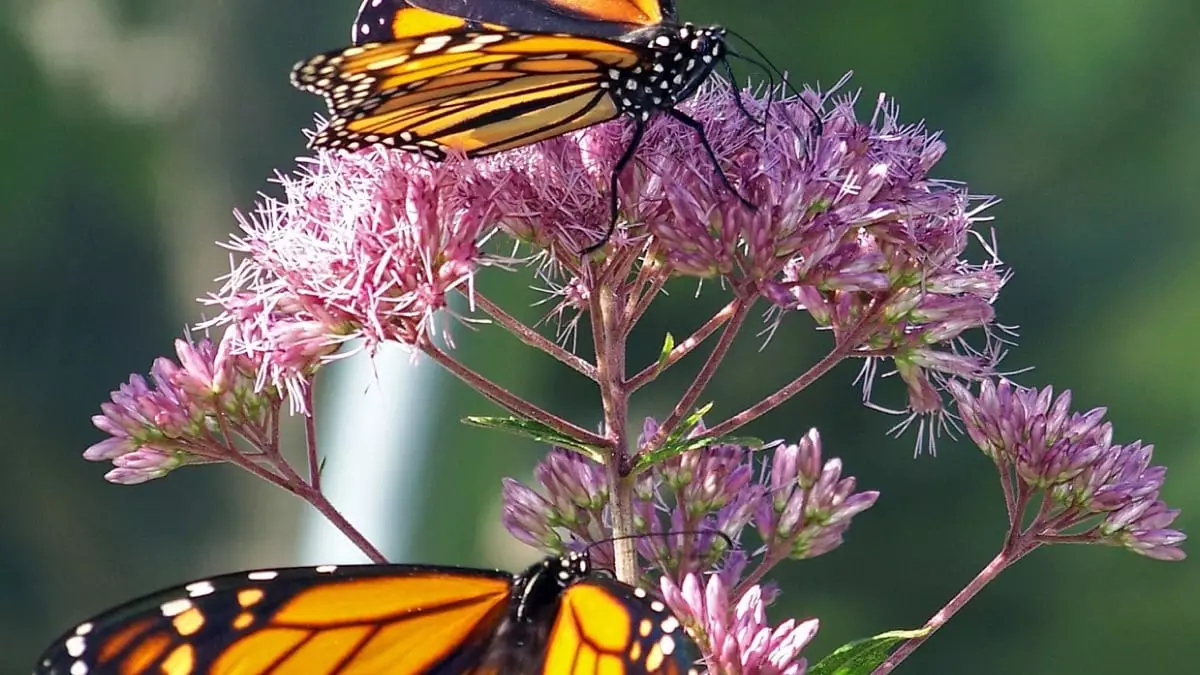In the heart of central Mexico, an ambitious initiative is underway to secure the future of the oyamel fir tree as a critical habitat for the monarch butterfly. These majestic butterflies, known for their remarkable migration journey, depend on the oyamel fir forests for winter hibernation. With climate change looming as a significant threat to these precious ecosystems, conservationists are exploring innovative methods to ensure the sustainability of both the trees and the butterflies. The alarming potential disappearance of these habitats by the century’s end has catalyzed researchers into action, leading to a crucial experiment in forest management.
Strategic Relocation of Oyamel Fir
Recognizing that the oyamel fir (Abies religiosa) may soon struggle to survive in its native habitats due to rising temperatures, scientists have begun planting saplings 100 kilometers from established forests. This translocation strategy draws upon both scientific knowledge and community involvement to re-establish oyamel fir populations in locations that may offer a more stable future. Conservation biologist Karen Oberhauser from the University of Wisconsin-Madison articulates the pressing need to facilitate such relocations in light of evolving climate conditions, affirming the belief that proactive measures are essential in ecosystem preservation.
To support this endeavor, experts like Cuauhtémoc Sáenz-Romero, a forest geneticist, have spearheaded the movement of oyamel fir to higher elevations, increasing their chances of survival amidst a warming climate. The initiative’s aim is clear: ensure that these trees can thrive in environments that offer the cooler temperatures they require. By collecting seeds from elevations between 3,100 and 3,500 meters, researchers are working to create a resilient population of oyamel fir that can flourish beyond their traditional range.
Community Engagement and Early Successes
Integrating local communities into conservation efforts plays a pivotal role in the project’s success. Collaborative efforts with the Indigenous community in Calimaya have resulted in the planting of approximately 960 trees on the Nevado de Toluca volcano. Early findings from this experiment are promising, revealing that while seedlings at higher altitudes appear smaller, they boast an impressive survival rate of around 80 percent after three years. This data underscores the potential for adapting tree populations to changing climatic conditions and supports the sustainability of habitats for the migratory monarchs.
Nevertheless, challenges persist. Sáenz-Romero highlights the necessity of securing ongoing support from both local and governmental entities for future initiatives. Despite the positive outcomes, one critical aspect remains unresolved: whether the migrating monarch butterflies will discover and adapt to these newly established habitats. Observations from the winter of 2023-2024 indicated that some butterflies sought alternate environments, emphasizing their flexibility in response to climate shifts.
The initiative to cultivate new oyamel fir forests represents a strategic and scientific leap towards ecological resilience in central Mexico. As we confront the realities of climate change, the interconnectedness of species and habitats becomes ever more apparent. While the early results suggest a hopeful path forward for both oyamel fir trees and monarch butterflies, the long-term success of these conservation efforts will hinge on continued collaboration, adaptability, and the unwavering commitment to sustaining vital ecosystems amidst a rapidly changing world.

Leave a Reply